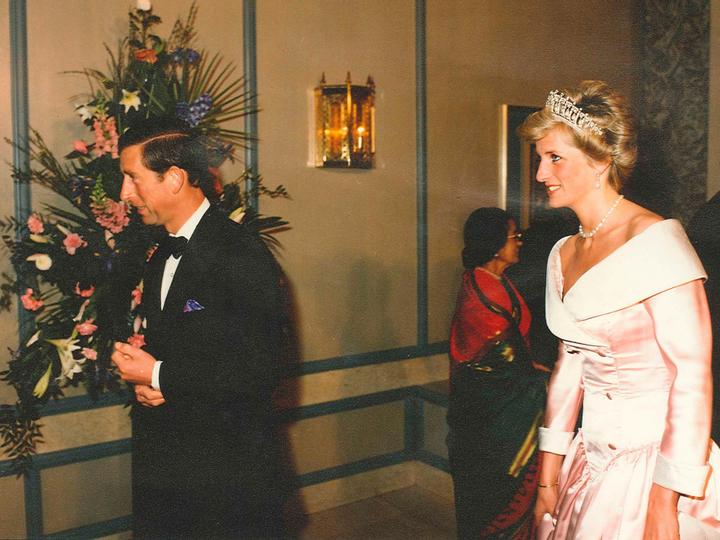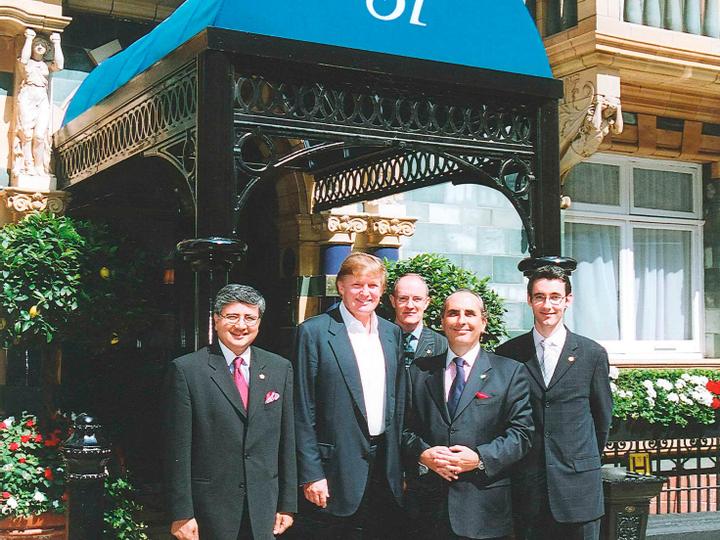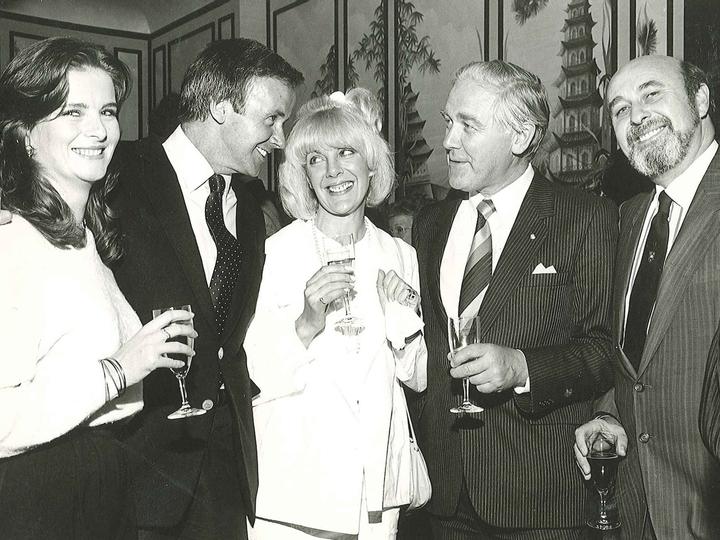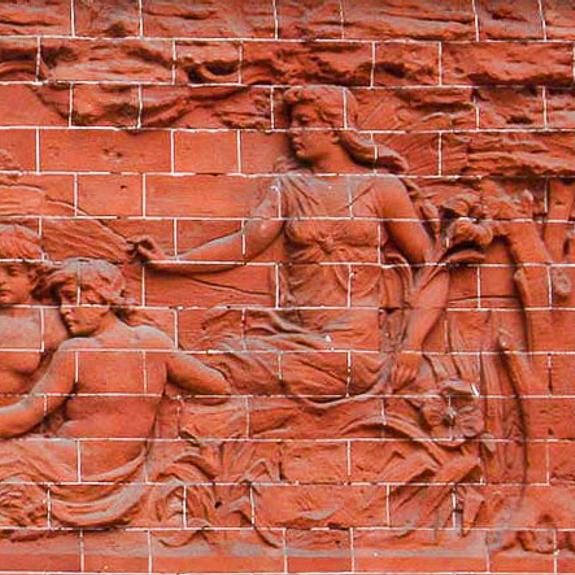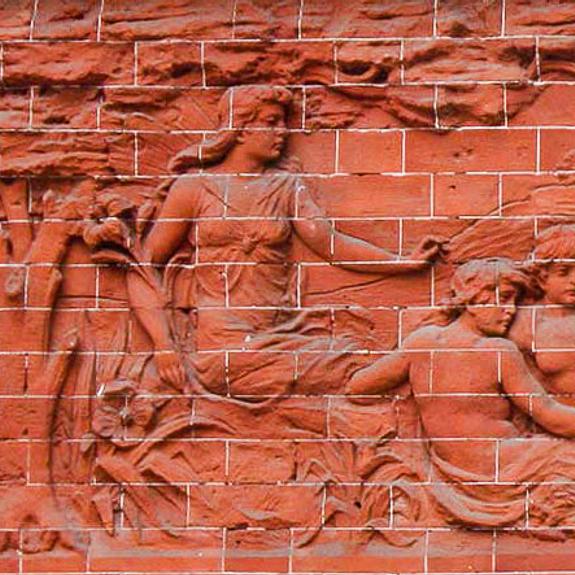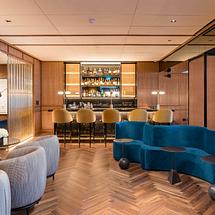History & Heritage
Taj 51 Buckingham Gate Suites and Residences has a historical provenance dating back to Tudor England and the court of Queen Elizabeth I. It is during this tumultuous period that a prestigious landowner and treasurer to the Queen, Lord Dacre, drew up a scheme to build almshouses on the “Tothill Fields” of Westminster.
Content Blocks
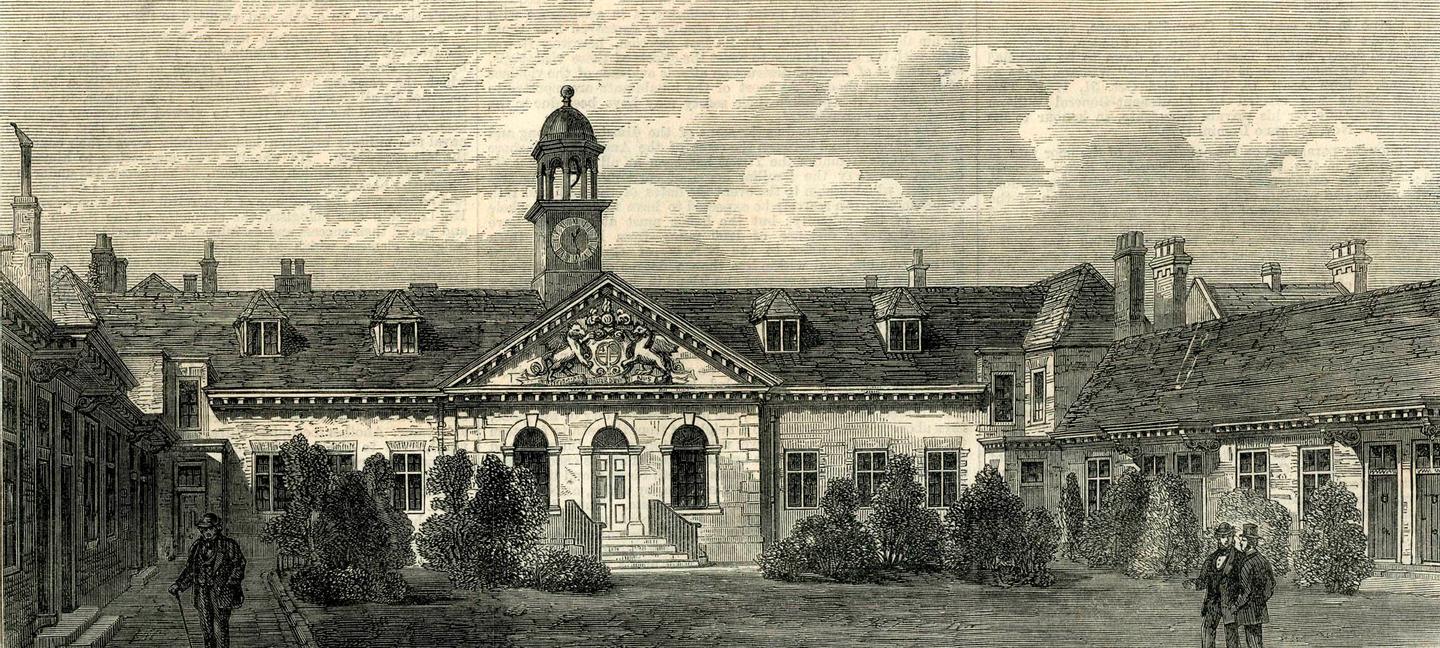
The small cottages known as the Emmanuel Almshouses were built on the current site of the hotel, to house and educate 20 underprivileged children. This charitable endeavour prospered over the years, culminating in five schools, identifiable by their distinct blazers as Bluecoat, Greencoat, Greycoat and Browncoat schools. In 1701 the cottages were replaced by ‘the most picturesque Almshouses in London’.
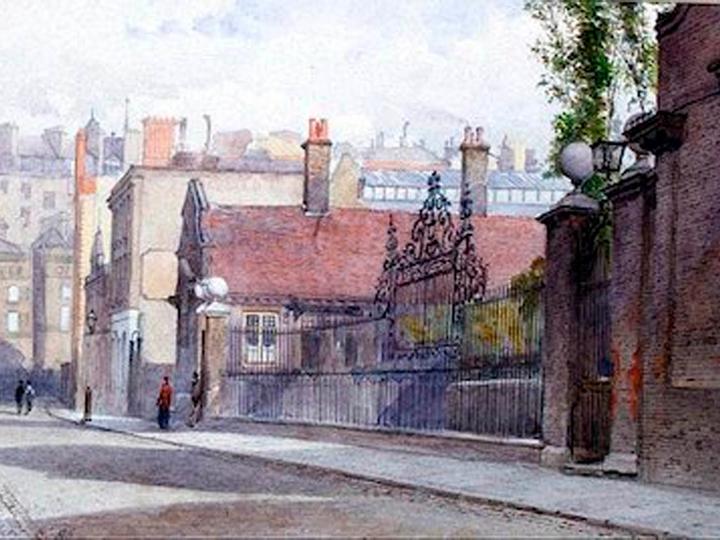
Then in 1897, a retired military man, Major Pawley, who learned his architectural trade in the Royal Engineers, acquired the site. The proposed construction of eight redbrick prestigious townhouses was drawn up, at great cost, and to the highest of architectural standards. These are the buildings that make up the two Taj hotels today, Taj 51 Buckingham Gate Suites and Residences, and St. James’ Court, A Taj Hotel.
Due to its outstanding location right in the heart of London’s royal, cultural, political and social elite, Major Pawley’s vision was to create an oasis of calm and sophistication for the aristocratic and political establishment, who would not only pay to stay but who would also relish in its exclusivity. Thus began the most sought after and fashionable London address for prominent guests to enjoy a home away from home experience, in walking distance of all the most significant locations: Buckingham Palace, the Houses of Parliament, Downing Street, St James Palace, Westminster Abbey and Westminster Cathedral.
Each townhouse was named in keeping with its fascinating historical legacy; names that they hold to this day. Three of these townhouses, namely King’s, Falconer’s and Minster’s form today's Taj 51 Buckingham Gate. All maintain the patina of their yesteryears, but in distinctly individual and contemporary style.
The formidable markings of its past are still present in many ways, including the Dacre family’s symbolic coat of arms; an emblem of a scallop shell, which is woven in gilt into the vast wrought iron gates that guard the hotel. These shells are echoed on the enchanting Victorian fountain in the Courtyard where you can admire the world’s longest sylvan-scenario Shakespearean-inspired frieze.
